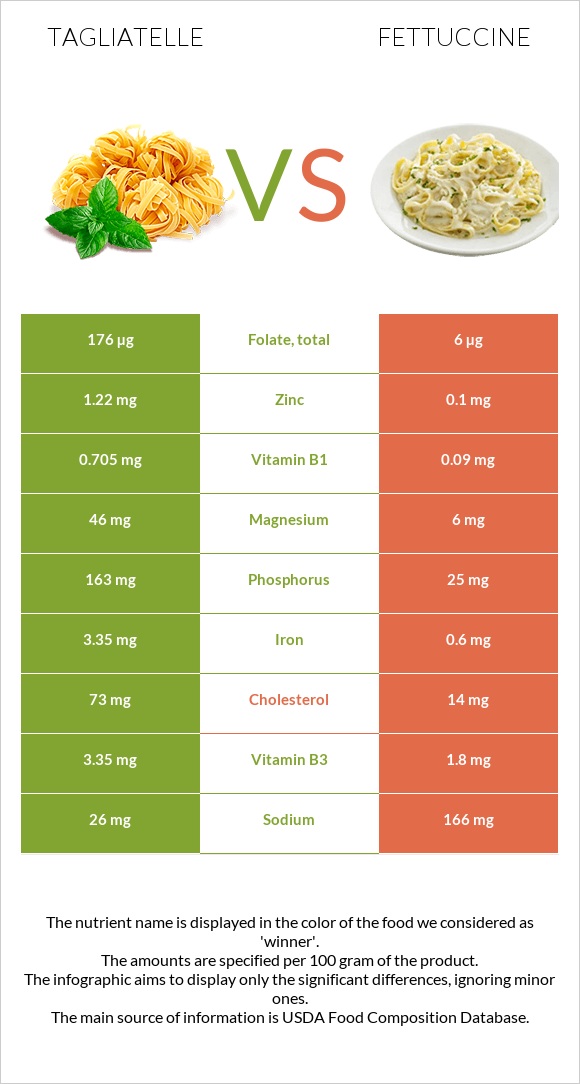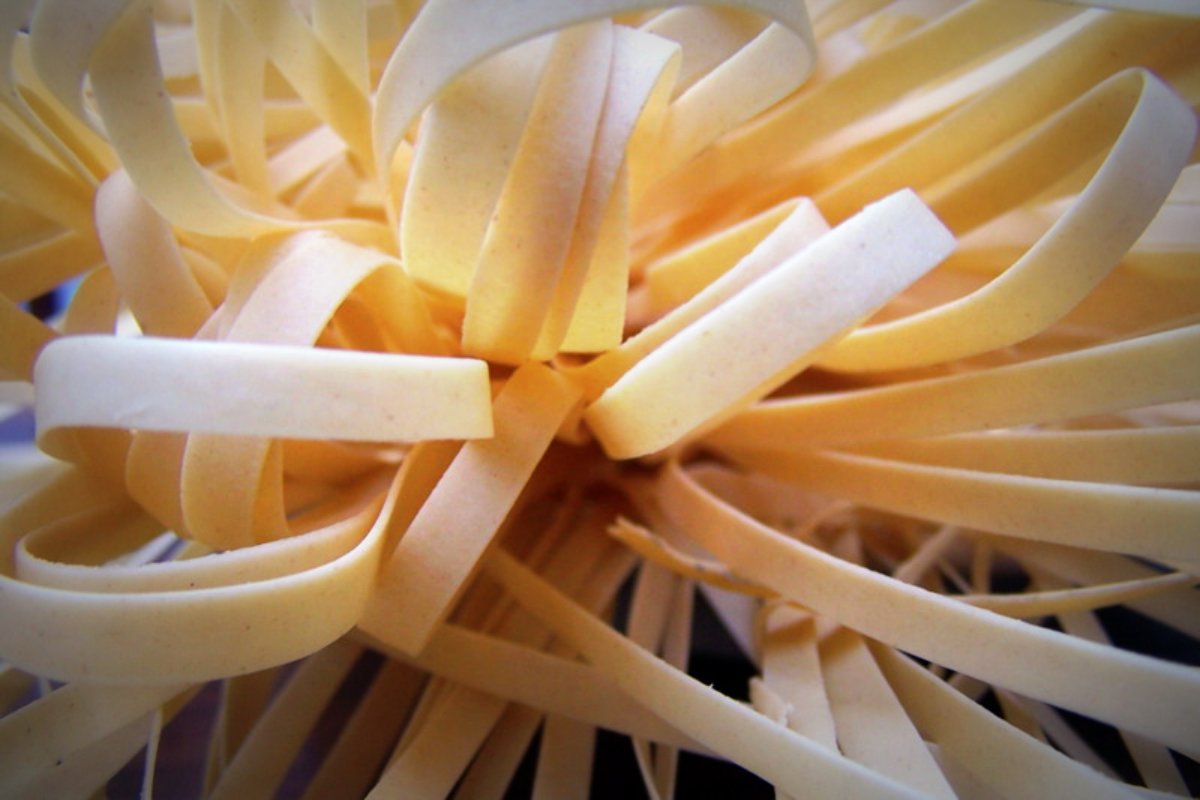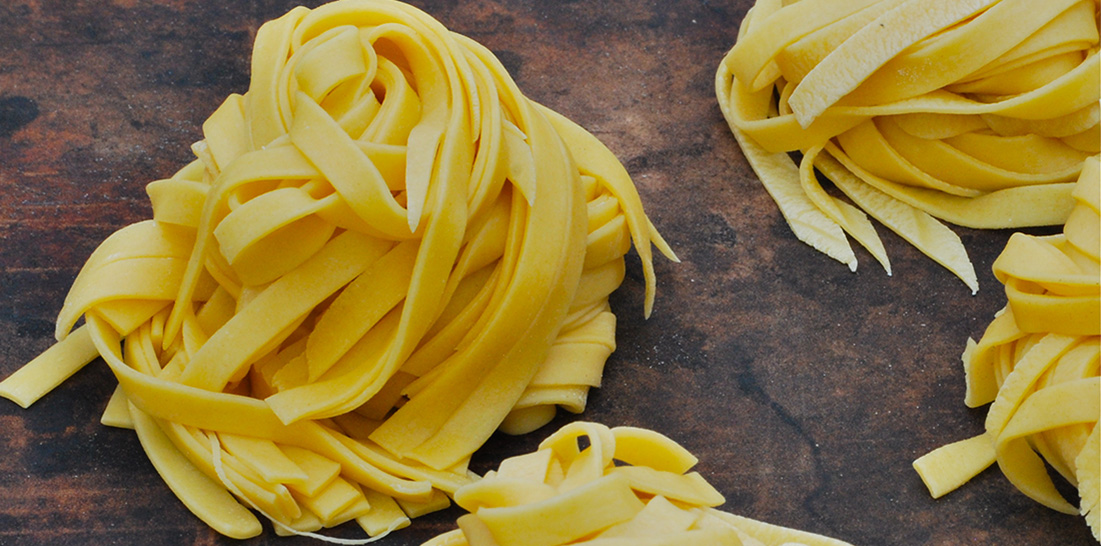Difference Between Fettuccine And Tagliatelle Pasta

The Difference Between Fettuccine And Tagliatelle Pasta
Pasta is a type of food that is loved by people all over the world. There are many different types of pasta, including fettuccine and tagliatelle. Although both of these pastas are similar in shape and texture, there are several differences between them that make them unique.
Ingredients
Fettuccine and tagliatelle are both made from a type of flour called semolina. Semolina is a coarsely ground flour made from durum wheat. This type of flour is used to make many different types of pasta, including fettuccine and tagliatelle. Both types of pasta are also made with water and eggs, and sometimes other ingredients like herbs or spices.
Instructions
To make fettuccine, the semolina flour is combined with water and eggs to form a dough. The dough is then rolled out into thin sheets and cut into strips of varying widths. The strips are then twisted into a noodle-like shape before being dried. Tagliatelle is made in a similar way, but instead of being cut into strips, the dough is cut into flat ribbons that are then rolled into a tube-like shape.
Nutrition
Both fettuccine and tagliatelle are good sources of carbohydrates, which provide energy for the body. Both pastas also provide a good amount of protein and fiber. Fettuccine is usually higher in calories, fat, and sodium than tagliatelle. Tagliatelle is slightly higher in carbohydrates than fettuccine, but the difference is small.
Conclusion
While both types of pasta are similar in shape and texture, there are some differences between them, including the ingredients and the way they are made. Fettuccine is usually higher in calories, fat, and sodium than tagliatelle. Tagliatelle is slightly higher in carbohydrates than fettuccine, but the difference is small. Both types of pasta are good sources of carbohydrates, protein, and fiber, making them a healthy addition to any diet.
Tagliatelle vs Fettuccine - In-Depth Nutrition Comparison

Fettuccine vs Tagliatelle | thosefoods.com

Tagliatelle vs Fettuccine: What's the Real Difference?

Tagliatelle vs Tagliolini | thosefoods.com

Fettuccine vs Tagliatelle (What's The Difference) - The Healthy Apron

Tagliatelle VS Tagliolini – BonAppetour

Tagliatelle VS Tagliolini - Definitions & difference between 2 kinds of

You say Tagliatelle, I say Fettucine… | The Garum Factory

Linguine vs Fettuccine: What's the Difference Between these Pasta Types

Pin on Gotta learn how to cook....
